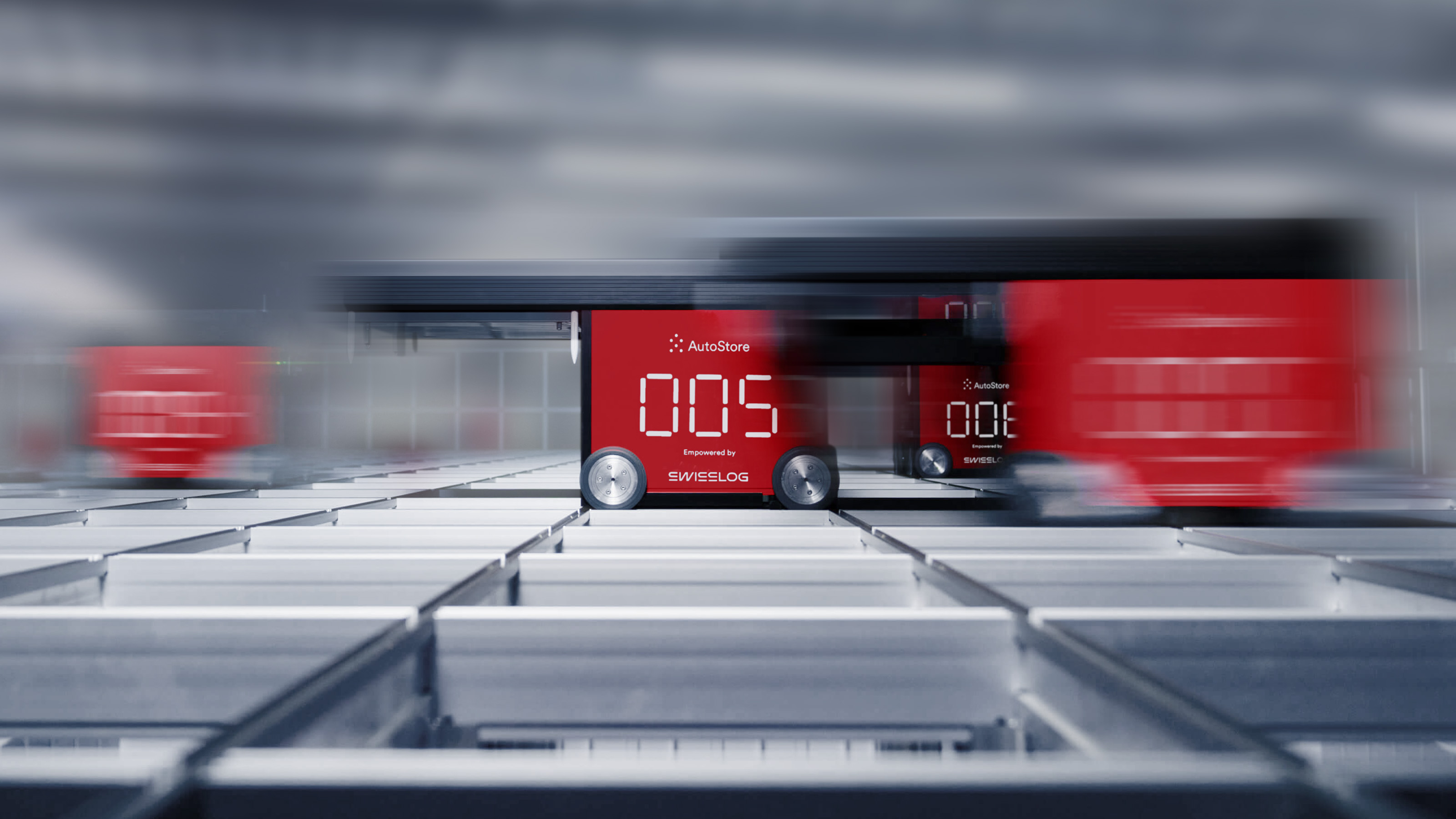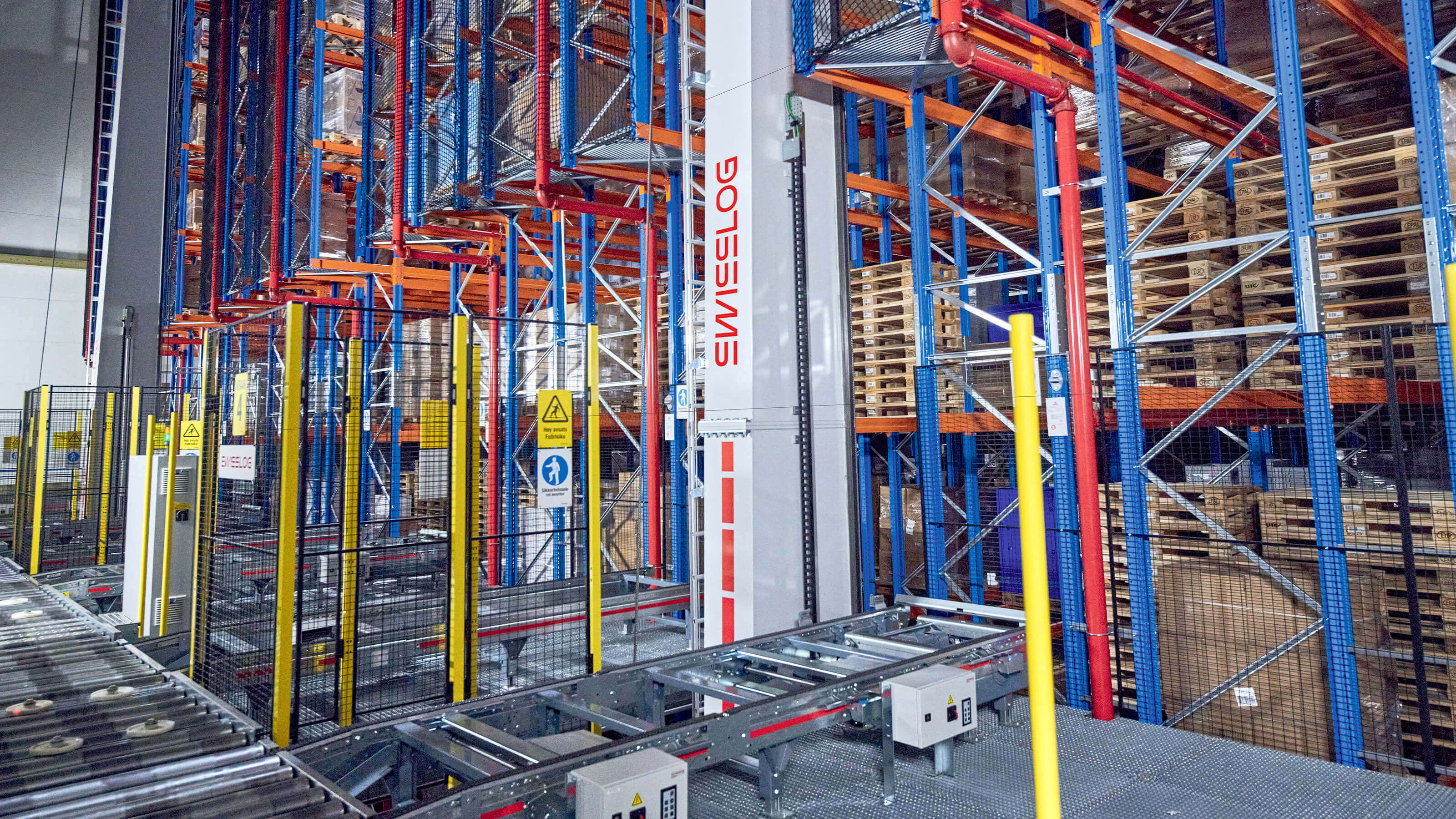Re-shoring refocuses supply chains on pallet handling
After years of industry focus on automating each picking to support growing e-commerce and omni-channel distribution, pallet handling systems will recapture their share of the spotlight in 2024.
That’s partly due to the continued momentum around re-shoring, in which Australian and New Zealand based businesses are re-centring their supply chains to improve resiliency. This is driving development of high-bay warehouses that support distribution of palletised products and that will result in increased investment in pallet handling technologies, particularly crane-based and shuttle-based ASRS (Automated Storage and Retrieval Systems).
Solutions based on technologies like the Swisslog Vectura crane and PowerStore maximise space utilisation in high-bay warehouses and deliver proven reliability over decades of service. Supply chains already dependent on pallet ASRS will extend the value of these solutions by investing in lifecycle services that ensure reliability and enable adaptability allowing companies to get more out of what they already have.


















